The lightening of the hair was successful if the result was the desired tone, and yellowness did not form on any part of the hair. Yellowness is the main danger of coloring and the most common consequence of home staining.
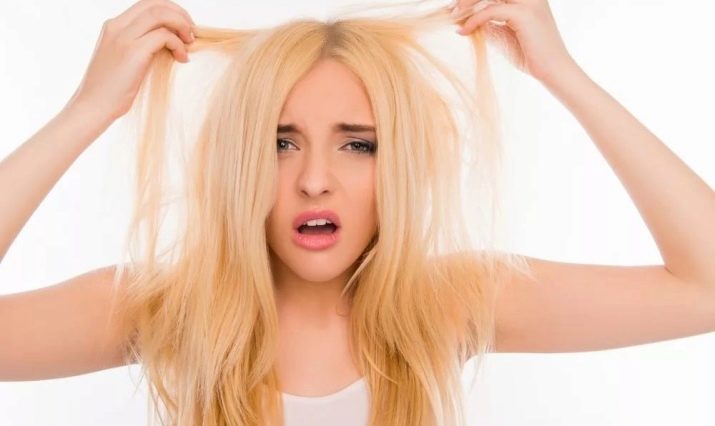
Influencing factors
Lightening and discoloration are terms denoting the erosion of pigment - both artificial and natural. Lightening allows you to change the color by several shades, discoloration - to bring out the color as such. The process of bleaching involves phasing: from red it becomes red-orange, then orange, yellow and light yellow.
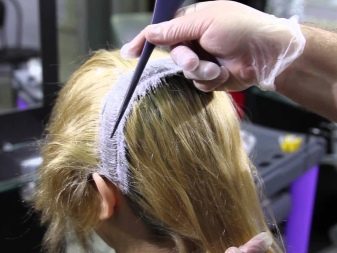
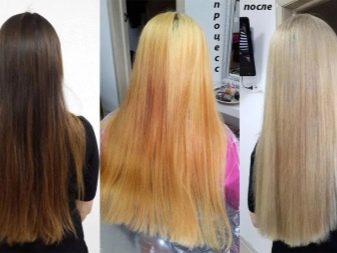
Lighten curls with paint, and bleach - almost exclusively with powder.
The principle of operation of these two processes is different. Discoloration involves washing off the pigment with a special powder. The pigment is located in the very structure of the hair, in the protein layer, for this reason, when bleaching, the hair is significantly injured, “empties”. Therefore, clarification is considered a less traumatic procedure.
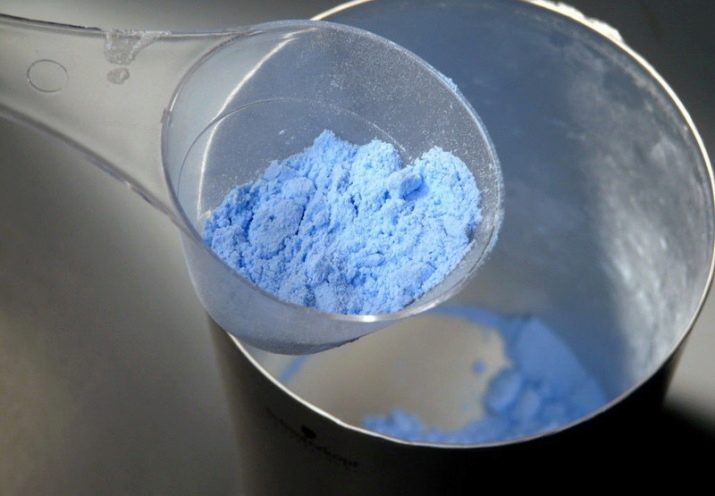
How to become brighter depends on a number of conditions.
- Dyed hair or natural. If the curls are already colored, lightening is impossible, only discoloration will allow you to come to the blond.
- Desired outcome. Bright blonde, as well as its cold shades can be achieved only after discoloration. If we limit ourselves to clarification, then melanin (due to the peroxide present in the composition) will acquire a red, yellow or orange color, and this will lead to beige shades. It will still be blond, but warm.
- Initial hair color. Dark strands will have to be discolored; light strands can be dispensed with in less traumatic ways.
- The quality of curls. Sometimes only bleaching will help, but the master does not dare to use it, since the hair is already deprived of life. “Killed” by previous stains and improper care, they will not withstand bleaching.
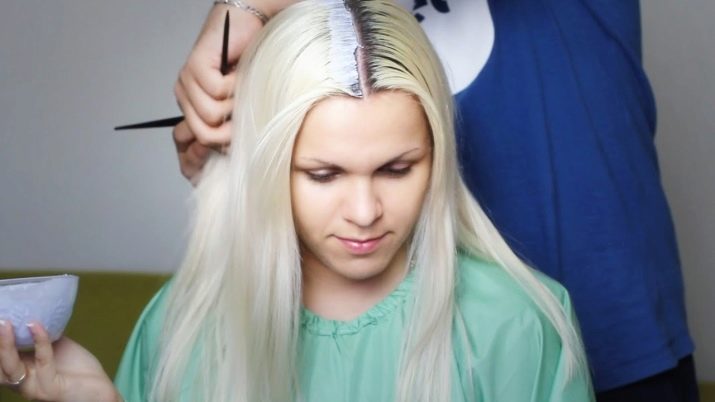
Not all clients of hairdressing salons understand the essence of the procedure; their main concern is a beautiful blonde without the slightest yellowness. In order for the tone to be clear, several factors must coincide at once.
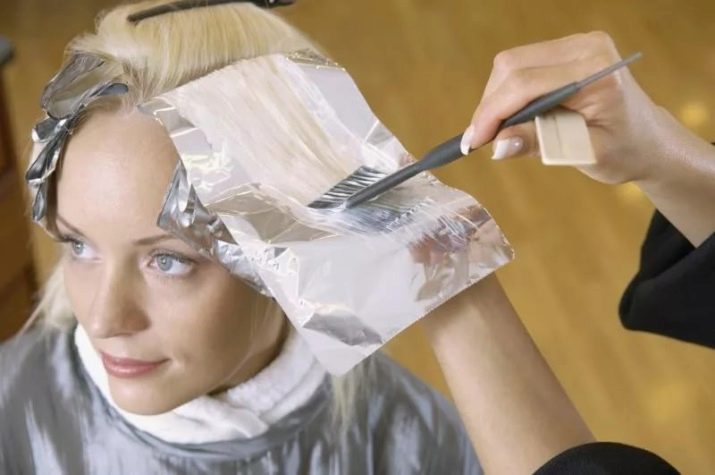
The purity of tone affects:
- natural color;
- base tone of curls;
- the condition of the hair (if the curls are porous and damaged, in fact, yellowness can not be dispensed with);
- conditions for coloring.
The last point should be taken as an axiom.
A huge number of women are trying to dye blonde themselves. This is the most difficult coloring compared to all other colors. It can end dramatically, including hair loss. Therefore, to get a beautiful, pure blonde, you need to go to the master.
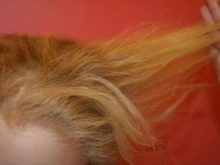
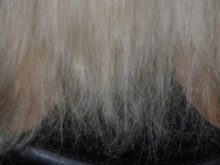
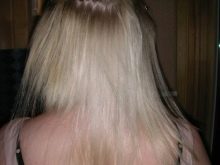
High-quality staining in modern techniques is expensive, but poor quality will cost even more - the appearance will not please, the hair will require serious rehabilitation, and even more money will have to be paid for treatment, restoration and new dyeing.
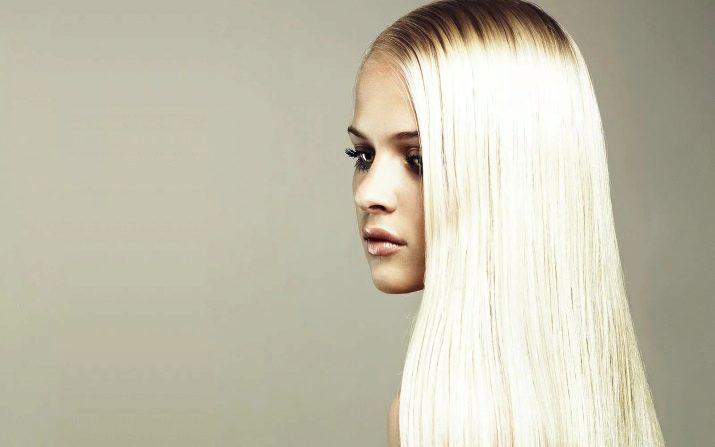
The choice of means for coloring
There are a lot of products on the cosmetics market, and a huge part of them involves home use. It's a risky business, but a popular one. Even if you decide to paint at home, you need to thoroughly study the issue.

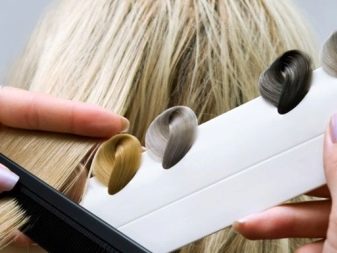
Popular lightening agents:
- permanent paints - deeply penetrate the structure of the hair, form a persistent shade, brighten without a yellow tint, subject to dyeing conditions;
- blocking sprays - help fair-haired women become 2 tones lighter;
- tinting sprays / balms / shampoos - dispense with ammonia and hydroperite, the main clarifying components, in most cases they are used to get rid of yellowness;
- blond shampoos - lighten in a couple of tones, naturally suitable for fair-haired women, as well as for those who want to level the difference between the main mass of hair and growing roots;
- white henna - a cheap product that has nothing to do with natural therapeutic henna (in the composition of white henna, hydroperit, it harms the hair)
- lightening creams - able to lighten curls in 2 tones, elements with a recovery effect complement their composition.
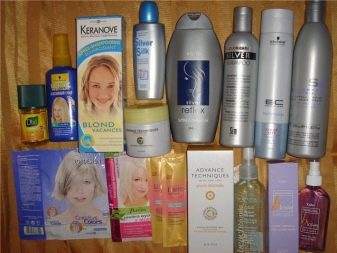
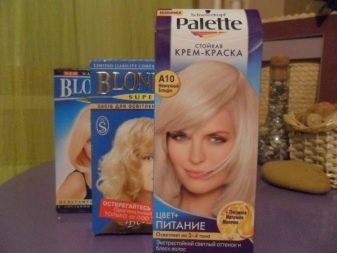
Whatever remedy is chosen, an allergic reaction test should be performed.
Even if the woman had not previously experienced an aggressive reaction to the coloring composition, each new procedure can lead to negative consequences.
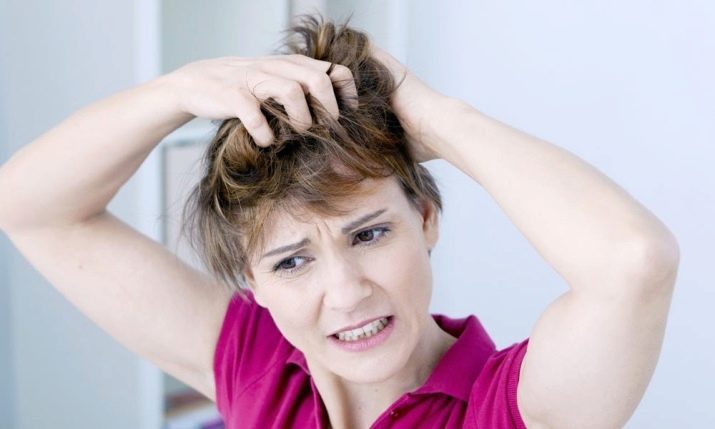
Rating of the best paints for blondes:
- Revlon Professional - In addition to lightening, the paint slows down the aging process of the hair.
- Matrix –– in terms of price / quality ratio is considered one of the best options.
- Londa professional - guarantees economical consumption.
- Ollin professional - restores the structure of the hair.
- Garnier Olia - dispenses with ammonia.
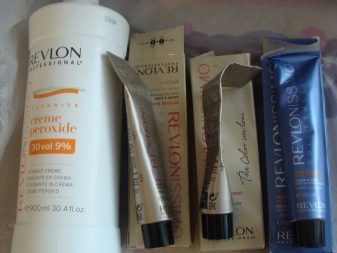
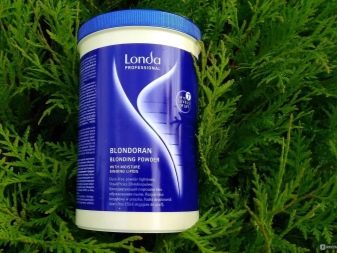
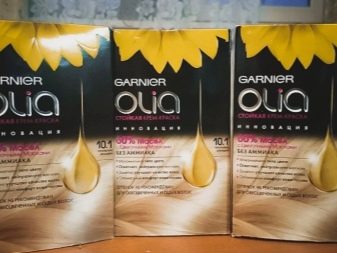
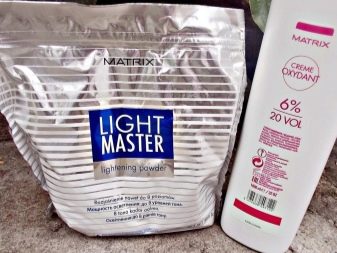
It makes no sense to list specific numbers of colors: the blonde has a wide layout of shades, and the achievement of each of them may involve different stages. In one case, the hair needs to be bleached, in the other - in decapitation, etc. But if you still give a few examples, then among them Garnier Olia 10.1, Wellaton 12/0, Loreal Exellence 8.1, Syoss 10-05.

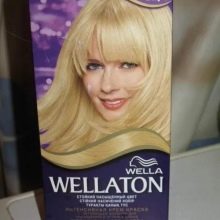
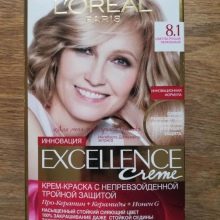
How to dye your hair?
First you need to decide on the composition and its structure. The best option (for independent home coloring) is oil-free ammonia paint. The powder composition can achieve a pure color, but it affects the hair structure extremely negatively. Cream paint is easy to use, it does not flow, does not threaten the appearance of stains on clothes and painting over skin areas.

You do not need to wash your hair before dyeing, it is important to maintain a protective fat layer, which protects the scalp from the negative effects of the composition. But if the curls are very dirty, you can wash them without affecting especially the scalp.
Attention! It is necessary to mix the dye composition specifically before the dyeing procedure, the paint formula is such that the oxidation process starts already during mixing, soon the brightness of the color will drop.
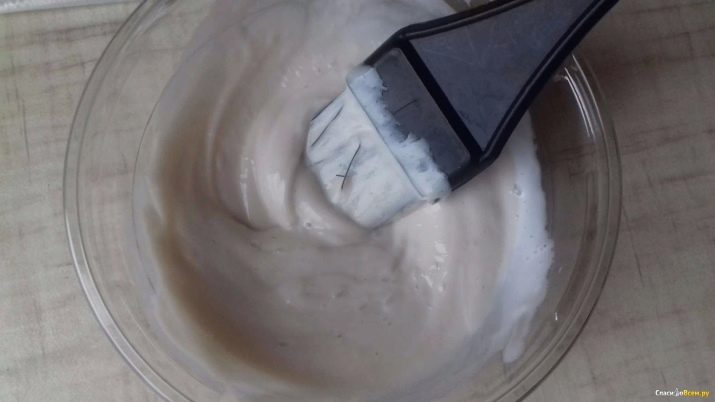
The lightening process looks like this.
- You need to apply the dye from the part of the hairline where the lightening should be maximum.
- The hair line at the temples and forehead is painted over last, since these curls are most sensitive to the dye. If you ignore this moment, the hair in this area will be lighter than other curls.
- Basal sections always, whatever tone was chosen, should be darker than the main mass. It is good if the strands in front are lighter than the back of the hair, and the upper curls are slightly lighter than those from below.
- It is important to apply the dye quickly, so that the color intensity does not fall. It is important to try to keep within 15 minutes (and preferably 10) for all staining. At home, this can be done.
- Thin strands are taken for dyeing, so that the dye thoroughly soaks each hair.
- The countdown of the paint starts from the moment the last curl is dyed. If this is lightening, then you will have to wait up to 50 minutes. More detailed and accurate instructions should be read in the ink insert. If you use additional heat, the coloring process is reduced by a third.
- After the entire composition is applied, a kind of “shell” is formed on the hair from a coloring agent. It creates a greenhouse effect, making it difficult to release free oxygen.
- Before washing off the composition, the so-called control is carried out. His task is to ensure that the color is uniform. Comb should move the composition from the basal zone, and then do the same at the ends of the curls.
- If gray hair is painted over and it is found that the effect has not been achieved, the paint is left on the hair until it is possible to achieve a result (but no more than 10-15 minutes).
- As soon as the perfect color was obtained, emulsification is carried out. This is an important and inalienable stage of staining, which consists in the fact that a little warm water is applied to the curls, foamed, distributed along the length. Massaging occurs along the edge of hair growth. The dye is easily removed, and the curls begin to shine.
- After emulsification, the curls are thoroughly washed with water, then they must be washed with special shampoo and treated with a neutralizing balm. This is done so that the remaining paint finish the action.


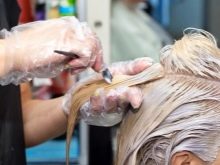
This is what standard lightening looks like. It is easier to get a warm tone; to create a cold one, subsequent toning will be required (in most cases).
Remember that you cannot use metal tools and utensils during the procedure. This is fraught with a reaction with an oxidizing agent, which will negatively affect the staining result.
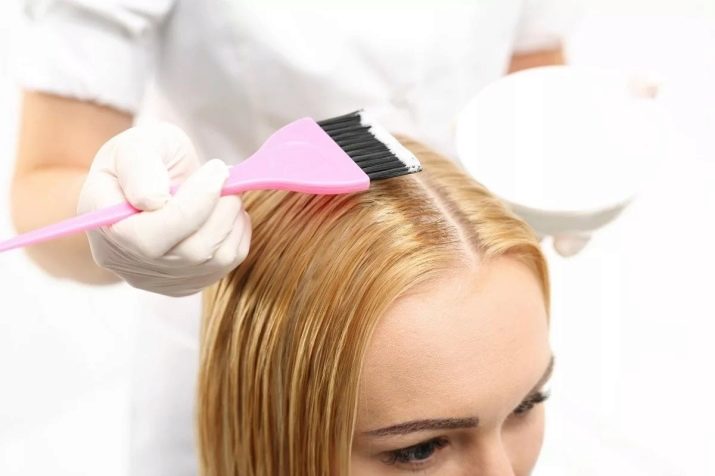
How to maintain color?
It happens that yellowness does not fully manifest itself immediately. And if there is no way to go to the salon to the master who will eliminate yellowness, you can try to cope with it yourself. Partly rid of an undesirable shade may honey mask. You just need to heat up liquid honey, apply it along the entire length, make a warming cap on the head and wash off the composition after a few hours.
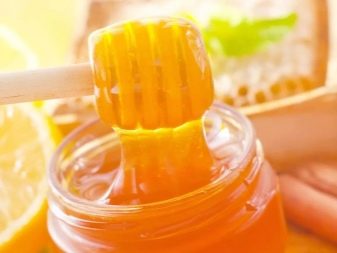

It’s not enough for a luxurious blonde to just lighten up. To maintain the shade of the curls have to constantly and systematically care.
- After lightening at least 3 weeks, you need to use products for colored hair (ruler for blondes). Then you can alternate: first, balm / shampoo for stained, then restoring, then - for volume, etc.
- Gloss oils, serums and sprays are a must-have. The curls after clarification are porous, in the light they glare unevenly. Because of this, it seems that the tone is not the same over the entire length.
- Nourishing masks help maintain not just color but a healthy look of hair. You should buy products that include natural vegetable oils, but not synthetic ingredients.
- To preserve the cold blond, a high-quality toning shampoo or balm is used. Such products usually have a blue or purple hue.
- When drying with a hairdryer, using pads and irons, thermal protective agents are required.
- Already in April, it is time to start using SPF products, sunscreens in shampoos and conditioners will help your hair withstand the negative effects of ultraviolet radiation.
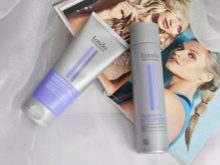
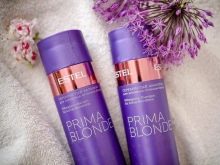
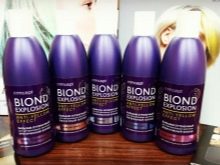
Finally, you can use folk recipes to maintain the blonde. For example, using a chamomile decoction to rinse your hair can give an unexpectedly strong effect. And cheap, and simple, and absolutely natural.
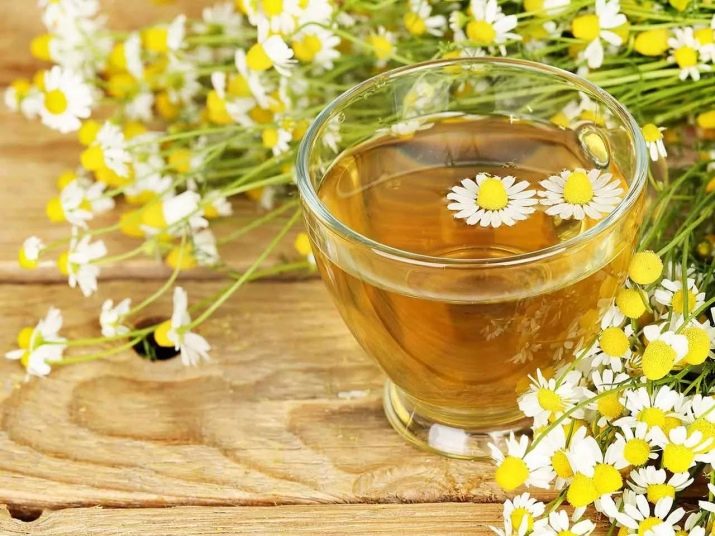
Professional Tips
There are a lot of shades of blond: each dye brand is ready to offer its own palette. Shades are warm and cold.
The universal tone is pure straw color without yellowness.
If the coloring is uniform, competent, it will suit different types. Landmark - the most natural tone, light effect of burnt strands.
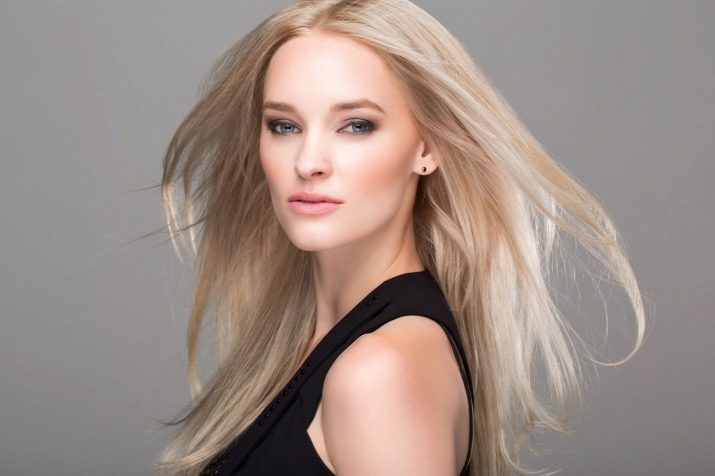
5 top tips for blondes:
- In determining the appropriate shade, you need to focus on the color of the skin and eyes. Brown-eyed women with a grayish skin tone can turn to rich honey tones. Gray or blue eyes, combined with light, almost transparent skin, are a good basis for a clean, cold blonde. Green-eyed women fit only the warm shades of the blond.

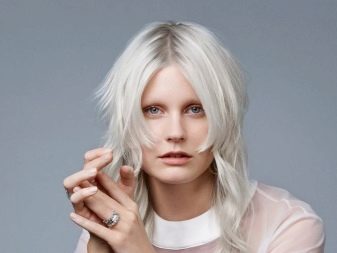
- The main color trend is ammonia-free paints. Ammonia is replaced with safe components (although relative safety is in them). But such paints, alas, are not able to give a platinum effect. They are created for glare and lightening, to create warm colors.

- If staining occurs in the cabin, there is nothing to worry about. Even over the past 5 years, technologies and approaches have changed significantly. Lightening has become more correct and less traumatic. About home staining, so to speak, is impossible.
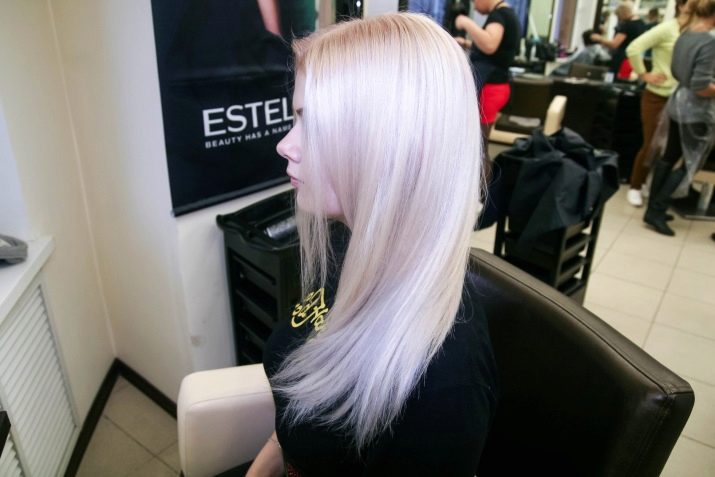
- Be sure to treat hair before dyeing. If there are problems (dryness, brittleness, loss), you must first deal with them. Dyeing harms the hair without a doubt, and it’ll simply “finish” the diseased curls.
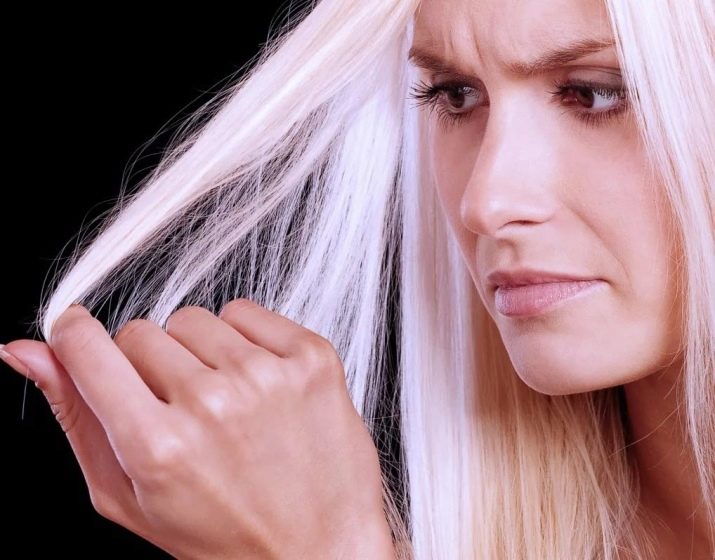
Hair can become the main external highlight of a woman. They can soften the roughness of facial features, distract from small imperfections, emphasize the depth of eye color and skin tone. Therefore, they themselves need special attention and competent coloring, if you can not do without it.
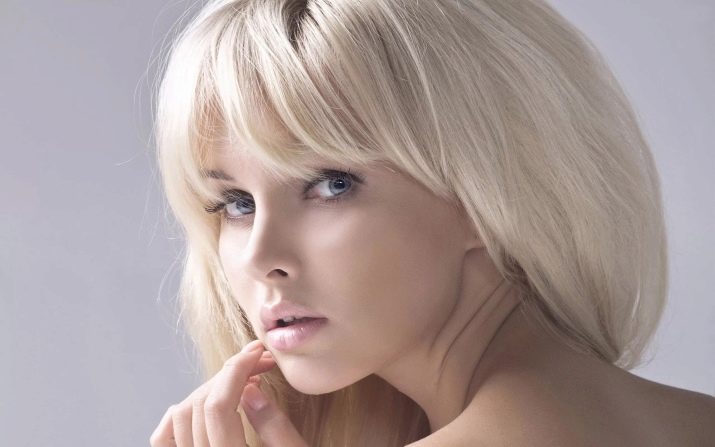
In the next video, you will learn how to maintain a cool shade of hair without yellowness.










